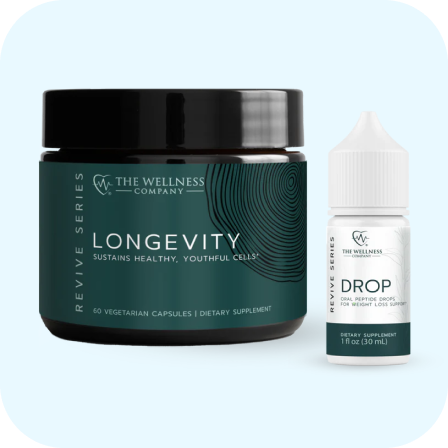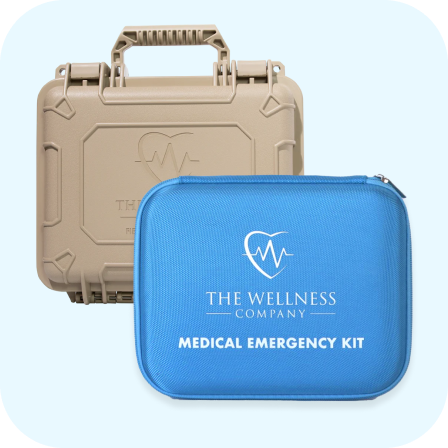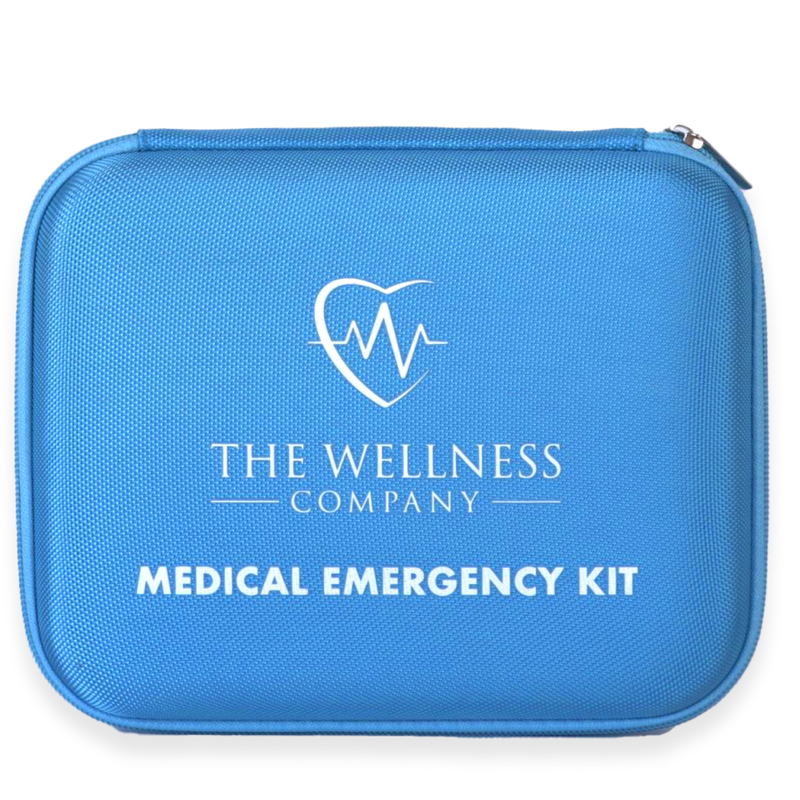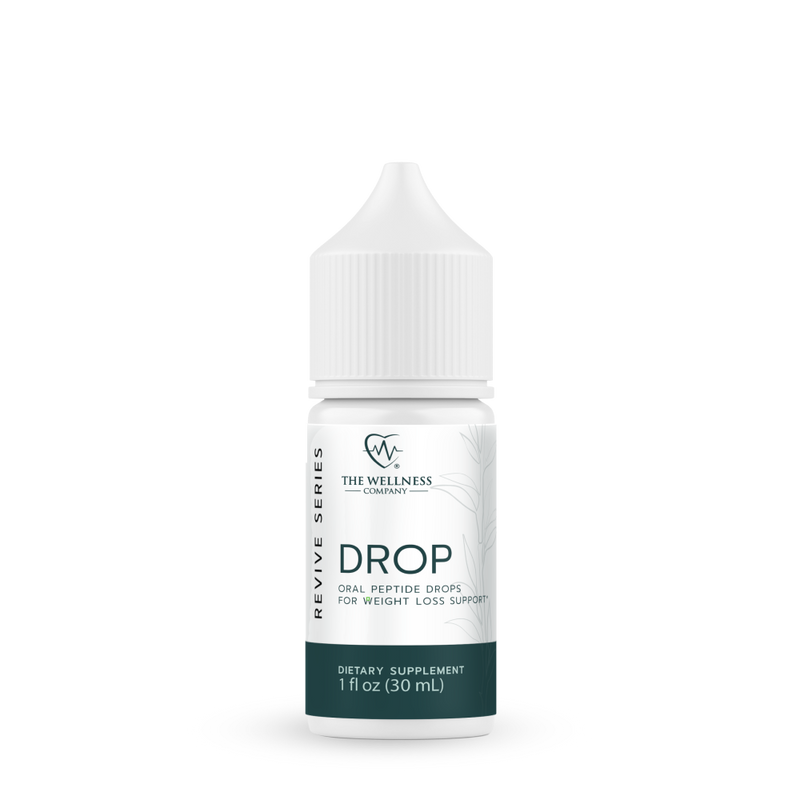Zone 2 Exercise: A Heart Health Habit We Should All Adopt

In a recent article, we explored the science behind how cardiovascular exercise enhances heart health. If you read that piece, you were likely left with some practical questions, among which is the following:
When it comes to cardio, is it better to use a high or low intensity approach? In other words, is it superior to huff and puff for ten to fifteen minutes of lung-busting intervals, or to go nice and easy, for a longer amount of time?
While both methods have their merits, recent science suggests that when it comes to mitigating chronic disease and optimizing longevity, there is something special about longer bouts of a low intensity form of cardio called “Zone 2.”
Today’s article will demystify the benefits of Zone 2, describing in detail what it is, why it’s so good for us, and how to get started.
What is Zone 2 Cardio?
Technically speaking, Zone 2 exercise is the highest intensity you can sustain while keeping your lactate levels below 2 millimole per liter.
Let’s unpack what that gibberish means.
In the last article, we described how during exercise, our mitochondria (“the powerhouses of the cell”) use oxygen to make energy.
Here’s something we didn’t mention: your mitochondria have a finite capacity to make energy using oxygen. Beyond a certain level of exertion, the body has no choice but to start burning other fuels, like lactate, to make energy outside the mitochondria using other cellular machinery. Lactate buildup, by the way, accounts for “the burn” you feel with intense exercise.
Once the concentration of lactate in your blood exceeds two millimole per liter, you’ve surpassed Zone 2. When you’re breathing heavy, and working at a pace you could only sustain for a short amount of time, you’re in Zone 3 or above.
With some basic biology out of the way, we can now reframe the definition from earlier. Think of Zone 2 as the highest level of exertion that relies mostly on your mitochondria to make energy.
At this point, you’re probably wondering: what makes Zone 2 so special?
What’s So Special About Zone 2?
Simply put, training in Zone 2 improves mitochondrial function, which appears to powerfully protect against chronic diseases of many kinds. Indeed, mitochondrial dysfunction seems to be a common thread linking diseases such as neurodegenerative disease [1,2], cardiovascular disease [3], cancer [4], and metabolic syndrome [5].
Among other mechanisms, our mitochondria mitigate the risk of these diseases by neutralizing oxidative stress [6], improving glucose disposal [7], and enhancing insulin sensitivity.
While the science underlying these processes is complex, one thing is clear: anything that boosts the health of our mitochondria – such as zone 2 cardio – is a critical weapon in our arsenal of tools to prevent chronic disease.
So, we’ve established that Zone 2 is important. The question emerges: how should you do it?
How to Find Zone 2 Without Expensive Tech
Most people do their zone 2 cardio on a bike, treadmill, or stair climber. But how do you actually know whether you’re in zone 2?
The most accurate way to assess whether you’re working at the right intensity is to prick your finger and measure your lactate with a lactate-meter. If it’s above 2.0 millimole per liter, you’re no longer in Zone 2. If you’re someone who has the time, resources and skills to take their own blood while on the spin bike, by all means, take this approach!
For most people, however, this process is infeasible and unnecessary.
Here are some rules of thumb for finding your zone 2, without a lactate meter.
The Talk Test
You should be able to carry on a conversation while exercising in Zone 2, but it shouldn’t be particularly comfortable. If you can’t catch your breath enough to chat on the phone, you’ve surpassed Zone 2. Another tip: while you should be able to talk, you won’t be able to hide that you’re exercising. If you’re chatting with a friend on the phone while on the spin bike, your conversation partner will understand you, but they’ll know that you’re exercising.
Nasal vs Mouth Breathing
You should be able to mostly breathe through your nose while in zone 2, occasionally having to take a big breath through your mouth. Personally, I have to take about 1-2 mouth breaths per minute while in Zone 2.
Heart Rate as a Proxy
During Zone 2 exercise, your heart will beat at about 70-80% of its maximum rate. If you have a wearable device which measures your heart rate during exercise, this is a great option to keep you at the right intensity.
To find what 70-80% actually looks like, you need to determine your true maximum heart rate.
To do this, you have two options. First, you could do a maximum heart rate test on a bike or treadmill, and extrapolate from there. If you don't often exercise, however, don’t do this without supervision! If you have heart concerns, ask your doctor for a stress test so you can find your upper limit while being monitored and supervised. The second, less accurate option is to estimate your maximum heart rate using the classic equation ‘220 - age’ and go from there.
Does the Type of Exercise Matter?
How you do your Zone 2 is entirely a matter of preference. For people who haven’t been exercising consistently, going for a long walk might be enough to get into Zone 2. For individuals with high levels of fitness, they might have to work at higher intensities. Regardless, they have the option to run, row, cycle, swim, or use a machine like the Stairmaster. The specific modality matters very little. The key is that your heart rate goes up, and stays in the sweet spot.
How Much Zone 2 Exercise is Enough?
According to Physician Dr. Peter Attia, an excellent resource for Zone 2 training, 2 hours per week is a good place to start for beginners. Ideally, people should work up to 3-4 hours per week.
Bottom Line
If you want to optimize your longevity and prevent chronic disease, Zone 2 exercise is definitely a practice to explore. By focusing on the highest level of exertion that relies on your mitochondria to make energy, you can dramatically improve your metabolic health and reduce the risk of chronic disease. Don't wait - start your Zone 2 training today and take the first step towards a healthier you.
References
[1] Jurcau, A. (2021). Insights into the pathogenesis of neurodegenerative diseases: Focus on mitochondrial dysfunction and oxidative stress. International Journal of Molecular Sciences, 22(21), 11847.
[2] Wang, Y., Xu, E., Musich, P. R., & Lin, F. (2019). Mitochondrial dysfunction in neurodegenerative diseases and the potential countermeasure. CNS neuroscience & therapeutics, 25(7), 816-824.
[3] Tyrrell, D. J., Blin, M. G., Song, J., Wood, S. C., Zhang, M., Beard, D. A., & Goldstein, D. R. (2020). Age-associated mitochondrial dysfunction accelerates atherogenesis. Circulation research, 126(3), 298-314.
[4] Moro, L. (2019). Mitochondrial dysfunction in aging and cancer. Journal of clinical medicine, 8(11), 1983.
[5] Prasun, P. (2020). Mitochondrial dysfunction in metabolic syndrome. Biochimica et Biophysica Acta (BBA)-Molecular Basis of Disease, 1866(10), 165838.
[6] Wang, B., Van Veldhoven, P. P., Brees, C., Rubio, N., Nordgren, M., Apanasets, O., ... & Fransen, M. (2013). Mitochondria are targets for peroxisome-derived oxidative stress in cultured mammalian cells. Free Radical Biology and Medicine, 65, 882-894.
[7] Wang, C. H., Wang, C. C., & Wei, Y. H. (2010). Mitochondrial dysfunction in insulin insensitivity: implication of mitochondrial role in type 2 diabetes. Annals of the New York Academy of Sciences, 1201(1), 157-165.






















